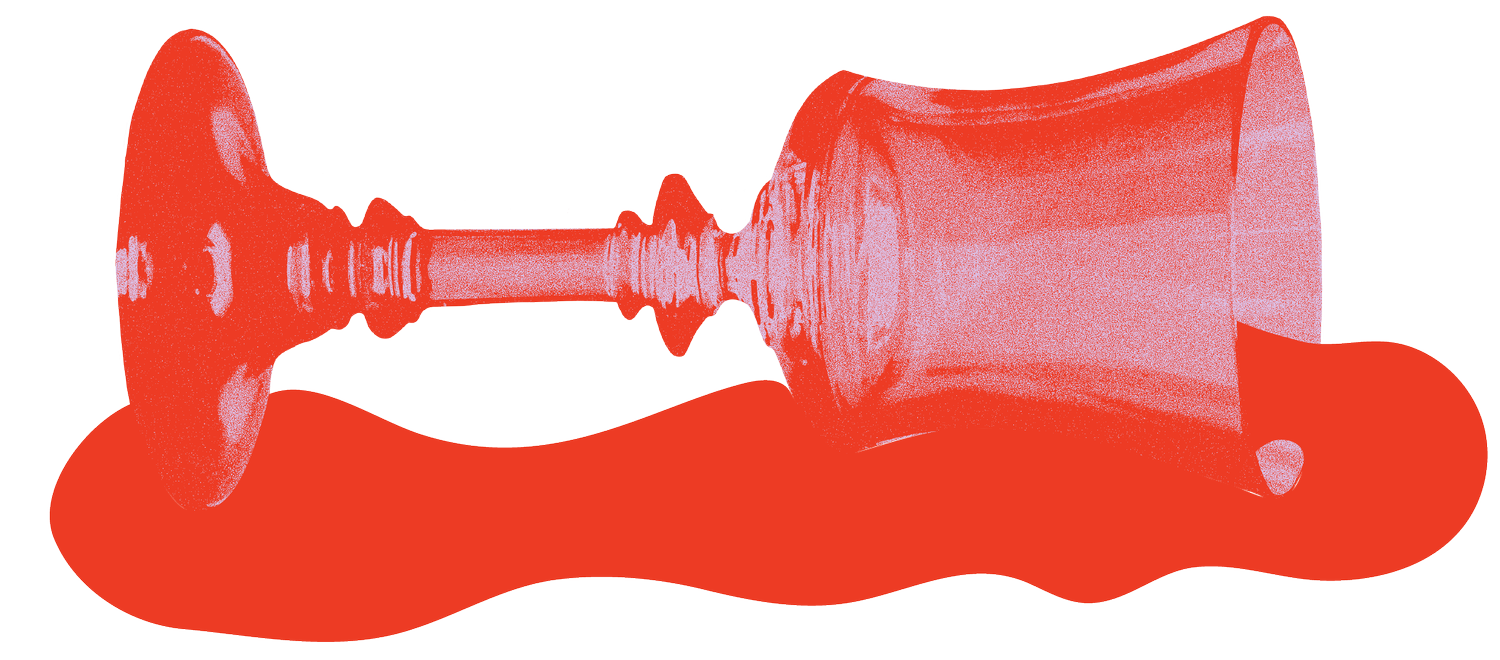Somm Corner is a chance for us to check in with some of our favorite sommeliers and ask them some spicy questions.
Jonah Frank | Chicago
SPILL: Prior to COVID-19, did you see any major shifts in how wine menus in restaurants/bars were beginning to look or be laid out?
Jonah: While menus’ appearances are as myriad as the concepts of their establishments, I think the layout of them tended to read fairly uniformly. Namely, glass pours of bubbles, white, rosé/skin contact, red, dessert, followed by the same order by the bottle; however, I think that is where the similarities end. Over the past few years new spaces have opened that cater toward younger consumers. Younger consumers generally have less disposable income than their more financially established, older counterparts. This new generation of wine drinkers, unfortunately, don’t have access to great Burgundy, Bordeaux, and the like. With these economic constraints in congruence with a world that is changing faster than it ever has before, wine growers and wine shops/bars are emerging with an emphasis on environmentally minded practices and wines from places that might not be too concerned with a classification from 1855 that was based on who Napoleon’s friends were. A list might even choose more (pastel) colors over a black & white conventional menu. There might be a more economically approachable price point for the bottle list. The wines that make up these lists will most likely have a focus on organic, biodynamic, or at least sustainable farming. That isn’t to say that I’m beating the natural wine drum, but I am saying that environmentally healthy farming and winemaking are coming to the fore on a larger scale at restaurants and bars than previously.
SPILL: From a wine buyer perspective, what did you experience during the European wine tariff debate?
Jonah: The tariffs debacle that started in October 2019, and was tabled in February 2020, pales in comparison to the catastrophe of COVID-19. That said, there are some distinct parallels between the two when it comes to our economy and the uncertainty for the future that we feel. Businesses from American wine growers to American importers to American distributors to American bars, restaurants, and bottle shops were opposed to the tariffs because it would hurt the American market, American companies, and most importantly, American jobs. This was the current administration’s reaction to France’s Digital Service Tax, which was aimed at Big Tech, and our country’s enforcement of the WTO Rights in Large Civil Aircraft Dispute, which was aimed at Boeing. In short, neither of these things had anything to do with wine. To answer your question though, the threat of increased tariffs paralyzed movement in the market. Importers were not ordering containers of wine to be brought over, companies were not hiring when they typically did, people did not switch jobs when they historically would have, and I know many buyers, myself included, mocked up menus that were at least new world based to exclusively new world. The fear of uncertainty felt unparalleled at the time, only to be dwarfed by the colossal and immediate threat of COVID-19.
SPILL: When restaurants + bars reopen, is there any shift you hope to see in what, or how, consumers and guests are drinking wine?
Jonah: When we can all safely be together again, I hope that we will see more groups, no matter what the size, move away from individual glasses and toward shared bottles. The greatest feeling one can have with wine is sharing it with loved ones. During this time of isolation, the joy and power of community can seem hard to grasp. There are zoom calls, sure, but there is no substitute for real human presence. Sharing experience, whether good or bad, bonds us together. So, wouldn’t it be nice for us all to raise a glass of the same experience? As for the first question, I hope to see the continuation of the shift toward people drinking wine that is made with respect for the environment. We all have only got one home. I’m not trying to say ‘Natural über Alles’ or anything, but I hope that buyers, and therefore consumers, will focus on wines that are well made that have a sense of place. When people have not been able to travel because we have all been sheltering in place, the transportive power of those wines is more important now than ever.
SPILL: Your go-to vino while being sheltered in place.
Jonah: That is a hard question! I guess my go-to vino would be a “trust” wine in whatever way that takes shape. It may seem like a cop out, but I stand by it. In an effort to support the local businesses around my neighborhood, I’ll contact a shop, tell them what we’re in the mood for, and they always choose something that rocks. When I’ve said, “tart, red fruit with great acid” I’ve gotten barbera/bonarda blends from Emilia, Gamay from Beaujolais, and pinot noir from Anderson Valley. I recommend that anyone looking for a bottle ought to have a conversation about what they’re looking for with the person at their local shop. They know what they’re doing. You make a new relationship (or build on an existing one), support a small business, and you get a wonderful bottle. Win-win-win.



